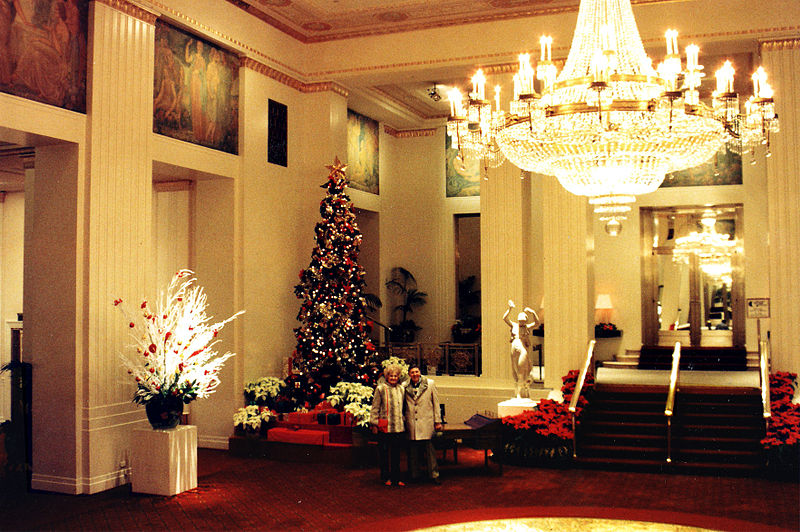Frequency Reward Vs Customer Loyalty Programs
This is one of our free-to-access content pieces. To gain access to all Ideas for Leaders content please Log In Here or if you are not already a Subscriber then Subscribe Here.

Customer loyalty programs can be based on frequency rewards or customer tier benefits (e.g. special benefits when you reach a certain elite customer status). As companies try to decide which type of program is better, or if loyalty programs are even worth the trouble, new research shows a combination of both programs offer direct financial benefits, as well as better customer information for strategic decision-making.
There are two basic types of loyalty programs: frequency rewards, through which customers earn points or credits to be redeemed (a free hotel room after so many stays); and customer tier programs, in which customers receive the benefits that come from climbing to a higher status of customer (e.g. accumulating enough purchases to become a diamond-level customer which gives access to diamond-level services such as upgrades). Frequency rewards are one-shot deals: the customer cashes in the points and receives a free hotel room stay (or whatever the product or service might be). Customer tier rewards are ongoing, but with an expiration time frame. A customer earns a certain status level, but needs to keep earning that status to avoid expiration.
Many companies choose one or the other type because they believe that the two programs combined will only cannibalize themselves: the customer tier program would take away customers from the frequency rewards program or vice versa.
However, new research based on an extensive analysis of a hotel chain’s customer loyalty program reveals that cannibalization does not occur. Specifically, the data showed that both frequency rewards and customer tier programs generated incremental sales.
In fact, the analysis by the research team revealed some synergy between the two components (i.e. instead of raiding each other’s customers, the combination increased the effectiveness of each individual program). While the actual synergy is minimal, at the very least, the data shows that there is no cannibalization.
The data covered the behaviour of nearly 4,000 customers who were members of the hotel chain’s loyalty program over two years, That information was integrated with pricing and occupancy rates data from 14 submarkets, such as Los Angeles airport area, in which the chain’s hotels were located. The research was conducted by a team of five researchers from four business schools: Praveen Kopalle and Scott Neslin from the Tuck School of Business at Dartmouth, Yacheng Sun from the University of Colorado’s Leeds School of Business, Baohong Sun from the Cheung Kong Graduate School of Business, and Vanitha Swaminathan the University of Pittsburgh’s profile Katz School.
The research in the hotel customer loyalty programs yielded further results:
The business implication of the research is unequivocal:

Ideas for Leaders is a free-to-access site. If you enjoy our content and find it valuable, please consider subscribing to our Developing Leaders Quarterly publication, this presents academic, business and consultant perspectives on leadership issues in a beautifully produced, small volume delivered to your desk four times a year.

For the less than the price of a coffee a week you can read over 650 summaries of research that cost universities over $1 billion to produce.
Use our Ideas to:
Speak to us on how else you can leverage this content to benefit your organization. info@ideasforleaders.com